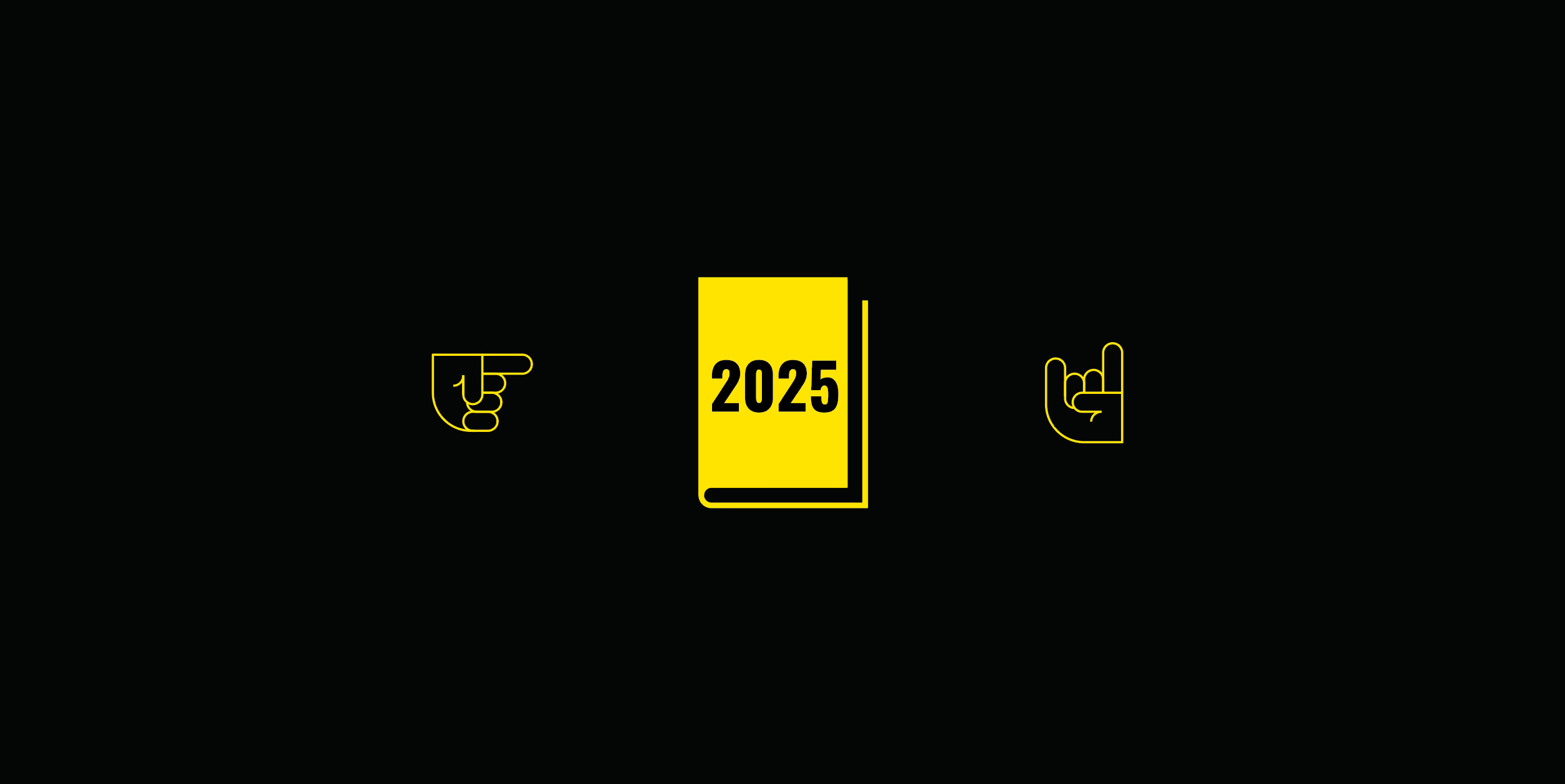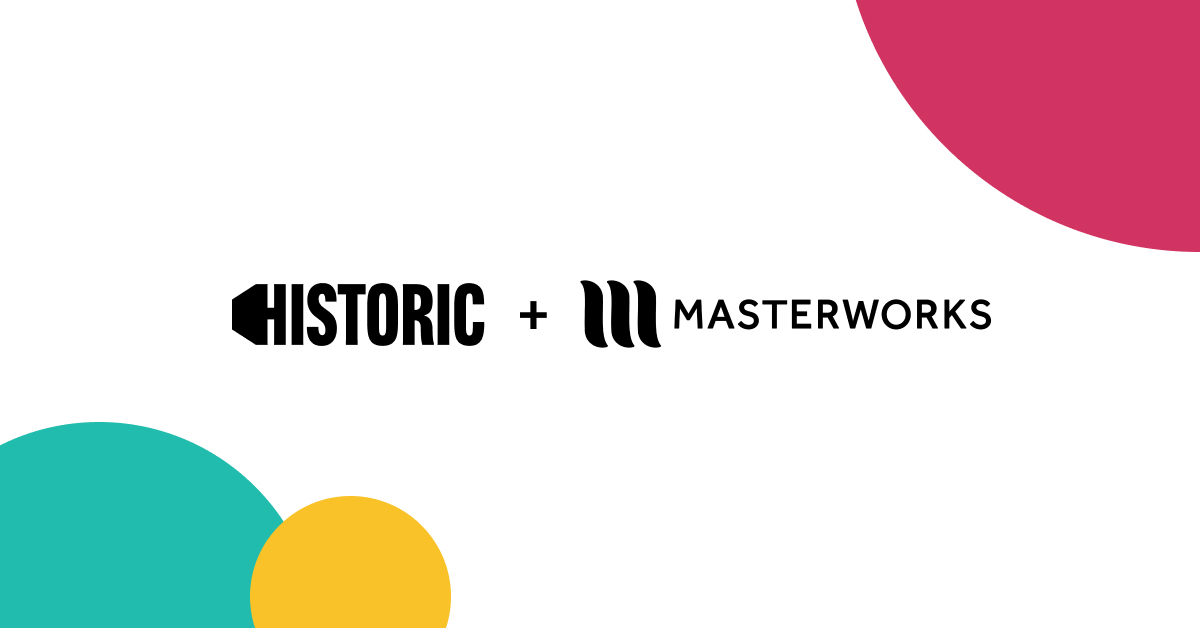A Design Sprint is a type of interactive workshop that allows you to get more done faster, and often resulting in better work. Originally developed by Google Ventures, Design Sprints aren’t just for creating the latest app; they can be used for your church as well.
It’s no secret that coming up with new campaigns, initiatives, or sermon series can involve long and sometimes painful meetings. The back and forth can get exhausting, and landing on an idea that everyone loves sometimes feels like an impossible task. At Historic, we borrow the tools and methodology of Design Sprints to develop custom workshops for our clients, including churches. Design Sprints can be a great way for churches to creatively plan in a more collaborative way while speeding up the time it takes to make decisions.
Workshops, or Design Sprints, are great for:
- Sermon Series Planning
- Campaign Planning
- Strategy
- Ministry Programming and Initiatives
- Event Planning
Here are the top Design Sprint tools and tips we find the most helpful to use in brainstorming and creative planning or strategy sessions.
1 Make sure you always have the right people in the workshop.
We’ve developed a few workshop personas that are always helpful to have in the room. This is a great starting place, but remember that every organization is unique. Define what’s best for your church and your team. These personas are based on key stakeholders, some of whom can easily be overlooked, and others who are included to create some necessary tension—because all of the greatest creative ideas come from tension.
The Decider – This person has the responsibility of making the final decision and holding others accountable (this is sometimes two people).
The Money – This person has the greatest financial stake for the brand—usually the CFO, but sometimes an investor or board member. For smaller projects, this is a Manager or VP with a P&L.
The Dissenter – This person often has a viewpoint that’s contrary to the majority of the team. We recommend only one Dissenter to help check group-think. Having more than one can distract from your time together.
The Individual Responsible – This is the person running the brand day-to-day.
The Builder – This person is the stakeholder that usually has to live with the brand after the fact.
If there is a more narrow focus to your workshop (e.g video), consider narrowing your roles to include more focused specialists.
2 Time all your exercises and activities.
When you’re in a brainstorming or planning workshop, use the Timeboxing Method to establish short, specific amounts of time for each activity or agenda item. When you give a task an allotted amount of time, you’re more likely to finish, which ensures you’ll get to every agenda item, and accomplish what you need to accomplish.
3 Define the outcomes.
This one sounds easier than it is. People get excited about starting new things, but without a clear desired outcome, your project won’t stay on schedule.
If it’s not clear what the outcomes should be, define your audience as a persona by giving them a name and outlining their pain points, desires, dreams, realities, demographics, and so on. Then ask yourself what outcomes you want for this person with this new project, series, etc.
Do your best to have a clear understanding of the following before meeting, then reiterate each of these points at the start of any workshop or planning session.
1. Define the desired outcomes of the workshop/sprint/meeting.
2. Define the large desired outcomes of the campaign/initiative/sermon series, etc.
4 Mapping Exercise
One thing we’ve noticed is that it’s often difficult for every team member to articulate the journey that new visitors or members take when coming to your church. From their first visit to becoming an active volunteer, you’re taking them on a journey. It’s important that you understand this journey so you can have a clear course of action for what happens when your audience engages with this new initiative, sermon, event, etc.
The mapping exercise documents every step in a customer’s journey (or in a church’s case, a visitor or member) using only words and arrows. This simple approach helps you avoid getting hung up on complex flow charts, while at the same time helping you visualize the entire journey every step of the way.
Use the Mapping Exercise to map out the visitor experience, including the follow-up actions that happen after a call to action. Seeing every step, from the first encounter with a Facebook live stream to an email sign up following an event, will help keep the purpose of your planning in front of you.
Mapping is usually done on a large whiteboard, but if you don’t have one, no sweat; simply use a large flip chart, sticky pads, or butcher paper.
5 Independent Brainstorming & Lightning Decision Jams
Combined, these two tools are a great way to quickly come up with a bunch of ideas AND decide on what ideas to pursue.
A lot of times, without even knowing it, those with the most influence or authority control the conversations and idea flow. This is where independent brainstorming comes in. The best ideas usually come from a large volume of diverse ideas. In order to get as many of those ideas captured as possible and to avoid unintended influence or bias, have each person write down one idea or thought on one sticky note. Each person should write down as many ideas as they can in a specific allotted amount of time (we find 2 minutes works well) and bam, you’ve got a bunch of ideas!
So what do you do with those ideas and all those sticky notes? Combine duplicates and then discuss as a group. After the discussion comes the time to decide, or what’s called a “Lightning Decision Jam.” Hand out a few sticker dots and have everyone vote on the best ideas or solutions. Set a timer again (1 minute) and bam, you’ve got a direction in less than 15 minutes.
6 Crazy 8s
Crazy 8s, or storyboards, are a fun way to get the brain thinking differently in a creative brainstorming meeting. They’re also a great way to draw ideas/solutions out or emphasize a specific need.
To start, fold a blank piece of paper in half until you end up with 8 rectangles when it’s unfolded. Set a timer and draw in as many of those rectangles as you can in the allotted time.
Here are a few ways churches can use this for creative planning or strategy:
- Draw the experiences or feelings you want your visitors to have.
- Draw the desired outcomes in the lives of your people.
- Draw ways to execute some of the ideas you voted on.
- Draw the felt needs of your persona, visitor, or member.
- Draw ways to communicate an idea as a social media post.
7 Use categories to help with divergent thinking.
Another tool we use at Historic to help us think creatively about a project and get a new perspective is using random categories to force divergent thinking.
If you’re a church that’s stuck creatively or trying to come up with an out-of-the-box way to serve your community, this tool might help.
Create a list of random categories that become containers for a type of word. Here are a few we use often:
- Emotion
- Color
- Object
- Place
- Person’s Name
- Food
- Animal
- Author
- Vehicle
Once you’ve selected a few categories (minimum 3 no, more than 6), review either the outcomes you’ve established or your audience persona. If you don’t have outcomes or an audience persona, any initial direction like a sermon series abstract, goals, or missional community needs will be helpful to review before getting started.
Using timeboxing again, set a timer for 1 minute per category for everyone to write out as many words for each one of those categories that relate to the reviewed material. For example, if we were planning a sermon series on hope, for emotions you might write “fear,” “pride,” “insecurity,” or “selfishness.” For objects, you might write “life preserver,” “greeting card,” or “fishing pole.” For food, you might write “water,” “yeast,” “sprout,” etc.
As you can see, this exercise nudges you to start listing things that you might not normally associate with hope, which spurs on new ideas! One amazing thing we see happen in every Design Sprint is that when you review, you start to see patterns emerge and can create groups and themes out of the random words.
There you have it. Seven different Design Sprint tools and tips to get the ideas flowing and teams collaborating. We love using these tools because they turn meetings into workshops and painful processes into creative fun!












